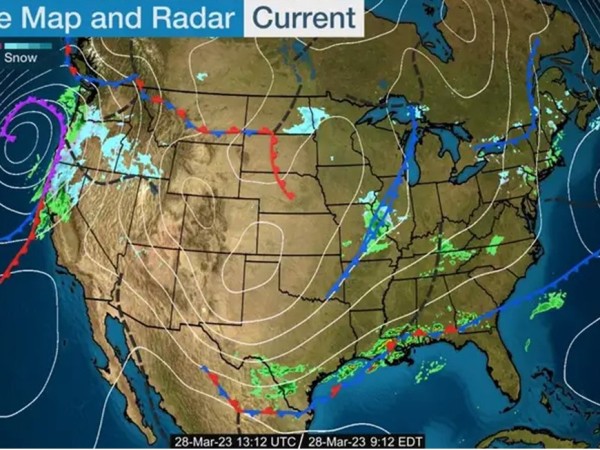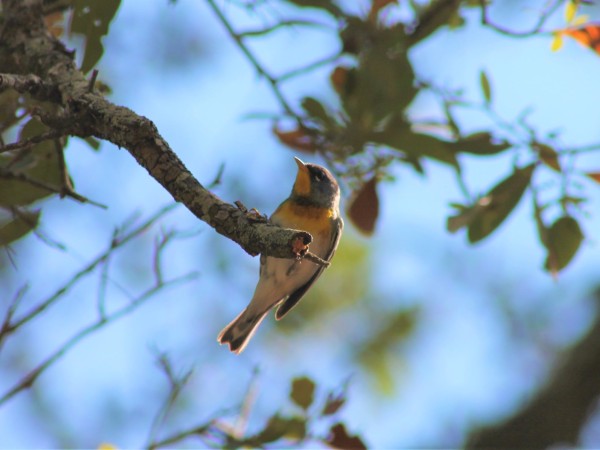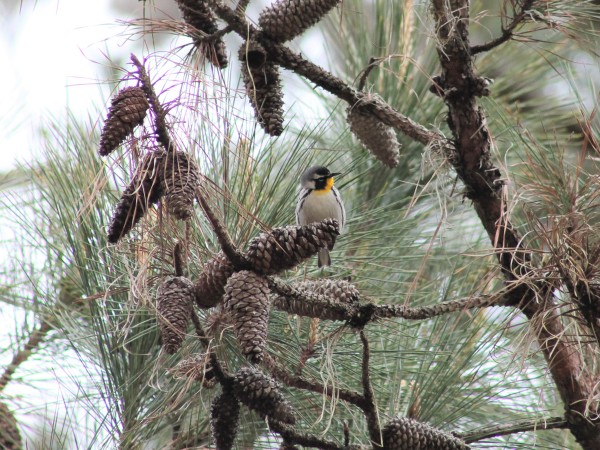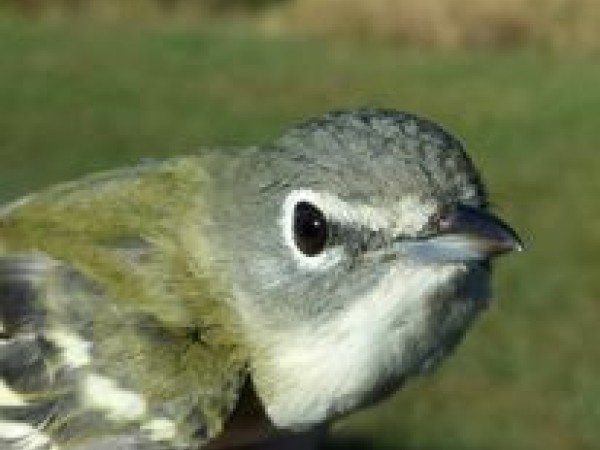2023 Spring Weather Forecasts for Migrating Songbirds-Report #1
Dear Journey North Readers,
Another spring migration is upon us! Once again, I will be writing weekly reports of migration happenings and the impact of weather on migration.
Please take a moment to review my Weather Map Primer. This primer covers how to read a weather map and details how the weather affects migration.
While it is still early in the migration season, birds have been arriving at their breeding ranges for a couple of weeks. Numbers are picking up. Many places in the southern U.S. are reporting their first Louisiana Waterthrushes of the season, along with an increase in Black-and-white Warblers. I was in South Carolina a couple of weeks ago, and Yellow-throated Warblers had already arrived, along with the first Northern Parulas and White-eyed Vireos. Closer to home, here in Tennessee, I heard my first Blue-headed Vireo of the spring, and Blue-gray Gnatcatchers are becoming more numerous.
Continued wintery weather makes migration a stop-and-go affair.
Migration has been slow out west, but birds are starting to arrive. Many Rufous Hummingbirds have been showing up in California, and the first Black-chinned Hummingbird and Lucy’s Warbler were seen in Arizona.
So let’s take a look at the weather forecast for the coming week to determine if it will be good for migration.
If you look at the weather map, a cold front has moved across the eastern U.S. This system is still bringing rain along the Gulf coast which means any birds arriving from the tropics will be forced to land. There is another front behind it that will bring a reinforcing shot of cooler air. Those north winds mean most migrants in the east will be grounded for the next few days. When the high pressure moves east by later in the week, winds will shift to the south and birds can start heading north again. They had better make it quick, however. If you look at the weather forecast in the west, there is a strong storm system moving in from the Pacific, which will ground migrating birds in the west for a few days. By the weekend this storm system will reach the eastern U.S. and migrating birds will be forced to stay put again.
Migration activity will only increase for the next few weeks, so break out your binoculars and get ready!
Take care.
David Aborn
University of Tennessee at Chattanooga
submitted 03/28/2023






